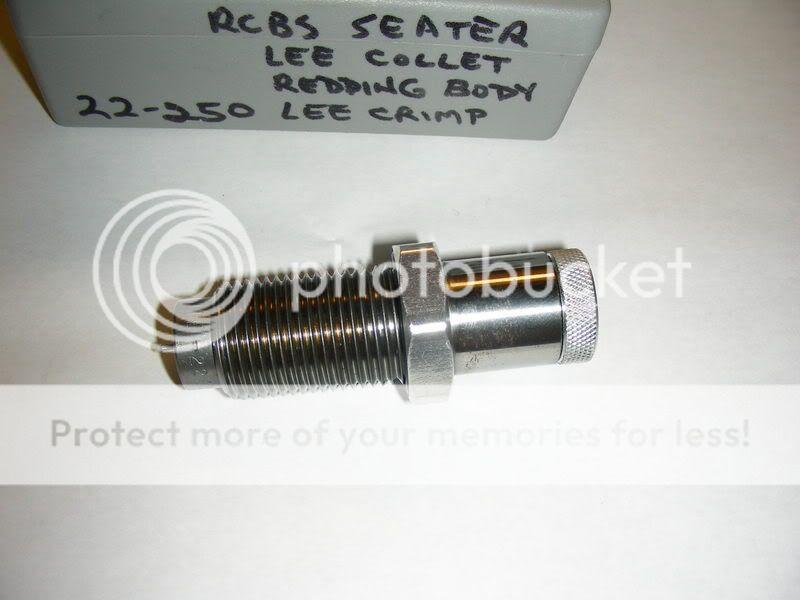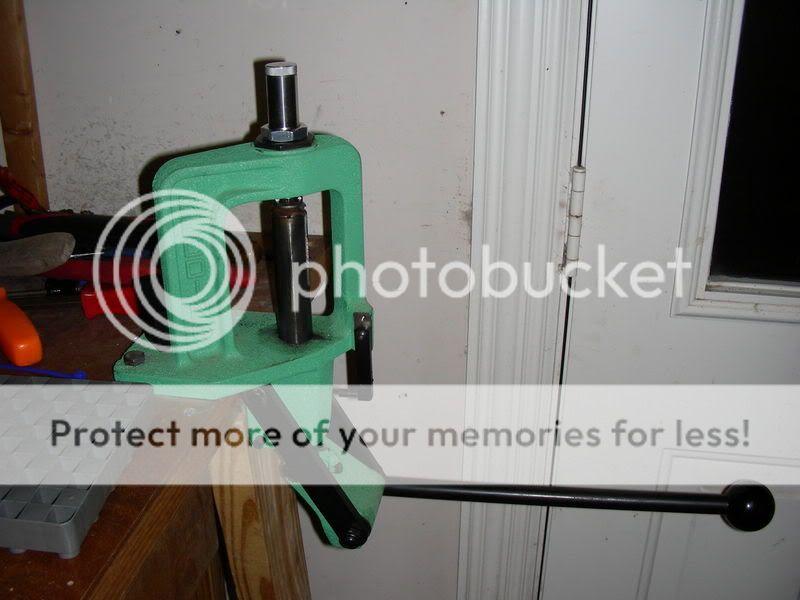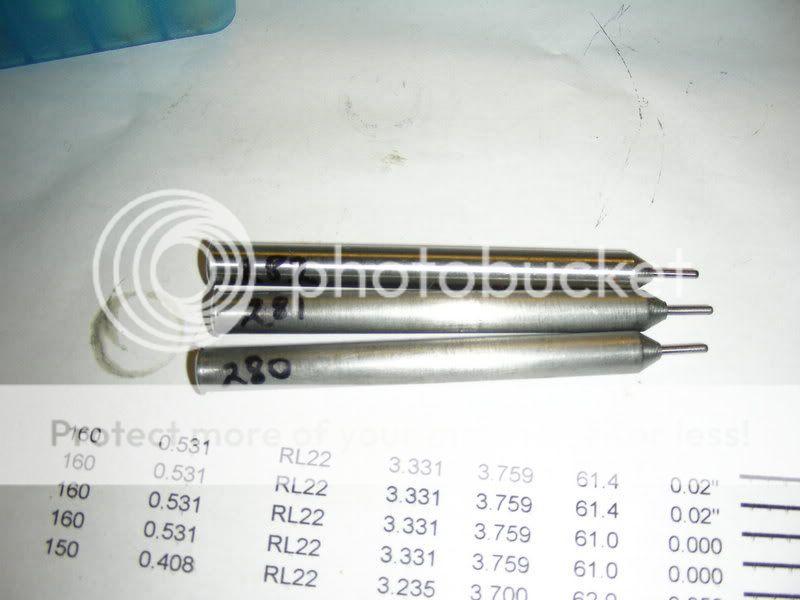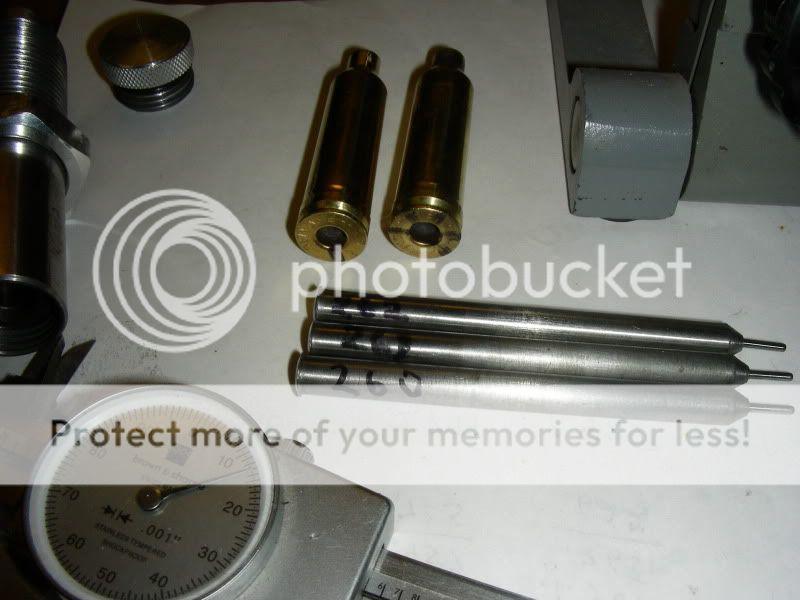Bullet bumper
Well-Known Member
- Joined
- May 20, 2009
- Messages
- 1,045
Funny that's nearly identical to how I set mine up, the only difference being, I have a Lee classic cast which has stops on the linkage, so once you hit the stops that's it.
The Lee Classic cast is the only Lee press I would buy .




